The following is an article which was published in “Freemasonry Today” in the Winter 2019 edition and explores the Mark Degree. It has been reproduced here in its entirety.
This year marks the 250th anniversary of the first recorded working of the Mark Degrees. Dan Heath, Assistant Grand Secretary of Mark Masons’ Hall, explores this compelling Order.
Meeting the Mark
On the first day of September 1769, a meeting of the Royal Arch Chapter of Friendship, No. 3 (now No. 257), was held at the George Tavern, Portsmouth. Here the ubiquitous Thomas Dunckerley conferred the degrees of Mark Man and Mark Master on several rethren and companions. The link between the Craft, the Royal Arch and the Mark Degree was established. Fast forward to 1856: the Grand Lodge of Mark Master Masons of England and Wales, the Colonies and Possessions of the British Crown, as it was then known, was formally constituted. Since then, the Order has flourished, comprising 42 Provinces, 26 Districts, two Inspectorates and a host of unattached lodges.
The original two degrees, Mark Man and Mark Master, have been melded together so that the former now serves more as an introduction to the latter, together forming the ceremony of advancement, the degree of Mark Master Mason.
Set in stone
Chronologically, the degree falls between the Second and Third Degrees of the Craft, taking place during the building of King Solomon’s Temple. It has its origin in the fact that an operative stonemason would be required to put a distinguishing mark on each stone he produced, so the craftsmanship could be easily identified.
To this day, every candidate who is advanced in the Mark Degree is required to select his mark, which is then recorded by the lodge’s Registrar of Marks and subsequently entered on a brother’s record at Mark Masons’ Hall. This mark can then be used when signing the attendance register at a Mark meeting and in correspondence with other Mark Masons. In the ritual of advancement, the presentation of a candidate’s mark to another officer of the lodge in order to receive his wages forms an important part of the ceremony.
Ritual with flair
The officers of a Mark Master Masons lodge mirror those of a Craft lodge, with the addition of the aforementioned Registrar of Marks and three other important additions: a Master Overseer, a Senior Overseer and a Junior Overseer. These offices create an opportunity for theatrical flair when delivering the ritual: the candidate proffers the stone he has cut in the quarries for inspection, attesting for its fitness and suitability for the building of King Solomon’s Temple. The stone (the keystone) is rejected and heaved over among the rubbish; the Overseers and Worshipful Master fail to realise its significance. The ceremony culminates in the retrieval of the keystone as an essential requirement for the completion of the sacred arch of the Temple. The keystone is, therefore, the emblem of the Order.
Mark Masonry is held in great affection by members, and a well-performed ceremony is enthralling, entertaining and, though meaningful, gives room for some levity during proceedings. Brethren enjoy visiting other lodges within their locality and further afield.
The Mark Token, with which a candidate is presented during the ceremony, is also a means of identification among brethren of the Order, and many special-edition tokens have been produced as collectable souvenirs.
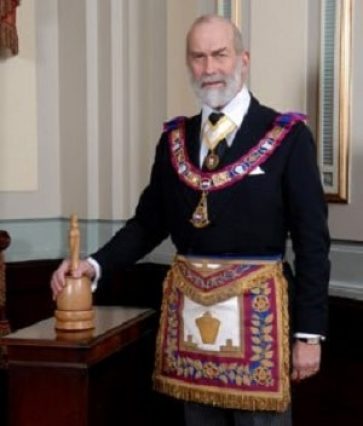
The Grand Master, HRH Prince Michael of Kent, GCVO

The apron of the Past Grand Master HRH The Prince of Wales, later King Edward VII
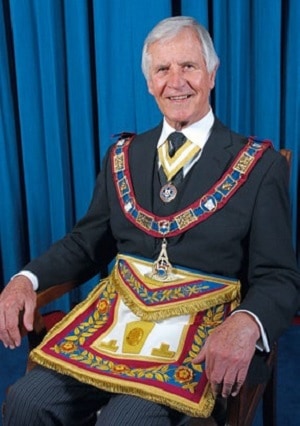
The Pro Grand Master Raymond John Smith
The Grand Lodge of Mark Master Masons of England and Wales and its Districts and Lodges Overseas
With its own terminology, structures and practices, each Order is different from the next. Here, we break down the origins, requirements and organisation of Mark Masonry.
Our Grand Masters
The Grand Lodge of Mark Master Masons of England and Wales and its Districts and Lodges Overseas is governed by The Grand Master, Most Worshipful Brother HRH Prince Michael of Kent, GCVO. He has held this office since 1982 and is the fourth royal Grand Master of the Order, a list that includes HRH The Prince of Wales, who was Grand Master from 1886 until being crowned King Edward VII in 1901. As is customary when a royal is at the helm of a masonic Order, Prince Michael has a Pro Grand Master to oversee the day-to-day administration of the Order and to represent him at many ceremonial engagements. This responsibility lies with Most Worshipful Brother Raymond John Smith.
The fourth regular step
The Book of Constitutions still contains the 1813 declaration that ‘…. pure Antient masonry consists of three degrees and no more, viz. those of the Entered Apprentice, the Fellow Craft, and the Master Mason including the Supreme Order of the Holy Royal Arch’. But it is actually during the Mark Degree that a candidate takes his fourth regular step in Freemasonry. This solemn part of the ceremony reminds candidates that by being advanced into the Mark they are taking an important step into the Progressive Orders of Freemasonry.
Who can join?
Any Craft Master Mason from a Craft Constitution recognised by the United Grand Lodge of England (UGLE) can apply to become a member of a Mark lodge in the English Constitution.
A core of benevolence
The Mark Benevolent Fund was created in 1868 on the suggestion of the Reverend George Raymond Portal, then Grand Master. He felt that, for charity to be effective, it had to be disbursed swiftly and without the bureaucracy of other masonic charities. His motto, ‘Bis dat qui cito dat’ – ‘he gives twice who gives promptly’ – became, and still is, the guiding principal of The Mark Benevolent Fund.
The coat of arms
The coat of arms features a shield bearing a section of an arch, with a keystone engraved with an equilateral triangle. It is supported by a craftsman holding a keystone and a warden holding an axe. The Order’s motto, ‘Lapis reprobatus caput anguli’, translates as ‘the stone which was rejected has become the headstone of the corner’.
A long history
Before conferring the Mark Degrees 250 years ago, Thomas Dunckerley must have received the degrees. It is said that a form of Mark Degree was in existence in Scotland as early as 1599. Little has been written about the history of the Mark, though the inception of the Grand Lodge is regarded as being a result of the political and social unrest brought about by the Crimean War and, had it not been for an 11th-hour change of heart by the Rulers of the Craft, the Mark Degree may well have been included in that 1813 declaration regarding Pure Antient Masonry.
Marking Well, a collection of essays on the Mark Degree, edited by Andrew Prescott, was published to celebrate the 150th anniversary of the Grand Lodge of Mark Master Masons.
Visit www.markmasonshall.org for more information about the Order. But you might find what you want on this website, have a look around.
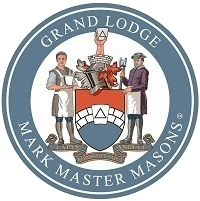
The Mark Master Masons coat of arms
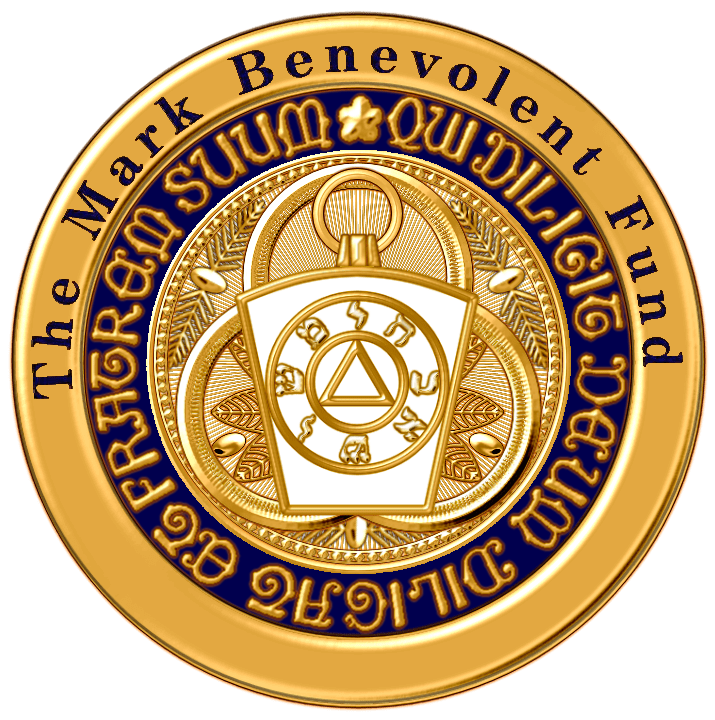
The Mark Benevolent Fund coat of arms
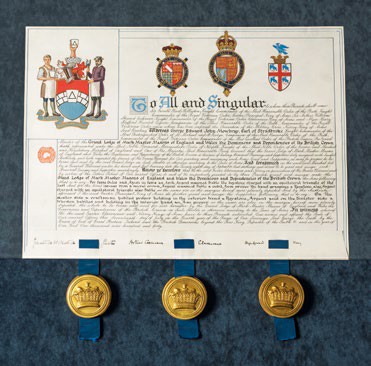
The Mark Master Masons grant of arms
Some useful links:
The home page of Freemasonry Today can be found here
If you wish to read more of the publications, you can visit the magazines page here
If you wish to join the Mark Degree, you can find out more here
If you wish to find your nearest Mark Lodge, you can visit the Lodge location page here
If you’re not a Freemason and want to find out more, you can start here
There is also a lot more information available on this site, please feel free to look around.